In a commoditized smartphone market, photography is the key area to make phones exciting again.
We're a long way removed from the smartphone boom of the early 2010s, and handset sales have plateaued since the latter part of that decade. Phones in general are commoditized to the point where it's pretty hard to buy a bad one unless you're spending absolute bargain bin money. At the high end, you can throw a rock and hit an excellent handset.
But that doesn't mean phones are boring. In fact, there's one area of high-end smartphone tech that's never been more exciting: photography.
You can find a great smartphone camera anywhere
Shots from the Galaxy S21 Ultra.
The gold standard for smartphone photography in 2021 is Samsung's Galaxy S21 Ultra. It's one of the best Android phones of the moment and has one of the best Android cameras, with a gigantic main image sensor that can pull light and color from areas that appear pitch black to the naked eye. Plus, the dual telephoto lenses at 3X and 10X can resolve more detail in faraway subjects than even the sharpest of human vision.
Compare that to the flagship phones of 2016, when you'd be lucky to get one camera capable of taking a half-decent photo in less than ideal lighting. We've come a long way.
Ever larger sensors have allowed phone cameras to capture more light, and the increasing number-crunching power in phones has empowered computational photography to turn those photons into better-looking photos. Meanwhile, the addition of ultrawide and telephoto lenses has made the camera that's always with you more versatile than ever.
But we're not done yet
But we haven't reached the technological limits of phone cameras just yet. This year, we're due to see the first 1-inch phone camera sensors, a sensor size previously limited to relatively expensive point-and-shoot cameras, surpassing even Samsung's impressive 108MP monster sensor.
Besides bragging rights, and the added convenience of taking great low-light shots without resorting to night mode, there are some benefits of ever larger image sensors in phones. A bigger sensor can capture more light in a shorter space of time, allowing for quicker shutter speeds, which in turn can let you capture moving objects with less blur. So while a 1-inch shooter might be overkill in a lot of situations, it also gets you extra versatility in low light.
Outside of brute-forcing better photos with superior optics, computational photography can also help small smartphone sensors produce phenomenal shots. The best example of this is Google's HDR+ feature, enabled by default on Pixel cameras. HDR+ intelligently exposes photos, and combines multiple frames into one great-looking image, then uses techniques like semantic segmentation to brighten faces and selectively sharpen certain areas.
Google has also managed to eke more resolution out of its 1X and 2X cameras with a computational technique called super-res zoom, using the motion of the camera's optical stabilization to pull more detail out of a digitally zoomed crop.
Periscope telephotos have been one of the biggest developments in phone cameras in recent years.
At the bleeding edge of phone photo processing, you have features like the Pixel's Astrophotography mode, which uses computational photography to adjust for the natural rotation of the earth when taking photos of the night sky. Though the Pixel maker still leads the way with its computational secret sauce, rivals are starting to catch up with Google in this area. In the coming years, expect to see phone makers with the necessary R&D budget to flex new and more impressive computational features like Astrophotography.
I've previously written that periscope superzoom cameras are among my favorite new smartphone features of the past couple of years — cramming a 5X-10X zoom camera inside a device that still fits inside your pocket is a huge technological achievement. And the extra versatility it brings is a revelation.
But current superzoom cameras — in fact, all smartphone cameras generally — suffer from one basic weakness: They have a fixed focal length, and rely on digital crops when shooting at anything in between the native zoom level of each camera. This can become a problem when there's a big gap between your various zoom levels. For example, photos at 4-4.9X on the Huawei P30 Pro will result in blurry digital zoom pics from the main 1X camera. Bump up to 5X and things become a lot clearer, as the phone switches to its dedicated superzoom.
We're just now starting to see one possible solution to this problem, in the form of a liquid lens. First seen in Xiaomi's Mi Mix Fold, this seeks to replicate the true intermediate zoom you might get from a point-and-shoot camera or DSLR. Instead of a glass lens, phones like the Xiaomi Mi Mix Fold use optical grade liquid, applying an electrical current to the liquid lens to adjust the focus and focal length.
In the Mi Mix Fold it's used to switch between macro and telephoto mode, however it's easy to see how this tech could be developed further to allow for higher-quality telephoto or ultrawide shots with fewer physical sensors. Samsung applied for patents around liquid lenses in 2010, and the tech could be used in the Galaxy S22's rumored continous zoom lens.
Then there's the humble selfie camera. Front-facing shooters have been somewhat neglected of late since manufacturers are instead pushing towards ever smaller camera holes in pursuit of higher screen-to-body ratios. The push towards under-display selfie cameras, and the hit in photo quality that seems to involve, might seem like a reason to be pessimistic about any huge jump in selfie quality anytime soon.
But one manufacturer has been showcasing a creative solution to this problem for the past couple of years. ASUS's flip cameras, like the Zenfone 8 Flip place their camera array — including all three lenses — on a rotating module, which can be positioned facing the front, back or anywhere in between. Not only does that mean you're shooting selfies with a high-quality main camera, but it also lets you use the ultrawide (or even telephoto) to capture a unique perspective with more scenery or friends.
We're sure to see creative replacements to the hole-punch camera in years ahead.
Granted, few other manufacturers have stuck it out with mechanical cameras in phones, but as he competition pushes towards borderless, hole-punch-less designs, the technology may reemerge as a way to maintain selfie quality without expensive under-display cameras.
The other solution is something we've already seen from some Chinese manufacturers. If you can't put a camera on the front, just put a screen on the back and use that as your viewfinder. Back in 2018, ZTE's Nubia brand released the Z18s which did exactly this. Although the idea hasn't exactly caught on, Xiaomi's top-end Mi 11 Ultra does feature a rear-facing display, and it's not impossible to imagine some future iteration of this being large enough to comfortably use as a viewfinder — especially as the hole-punch selfie camera starts to be seen as dated.
In mid-2021, most phones may be basically good enough for the vast majority of people's needs. But that doesn't mean there's not plenty to look forward to in the coming generations of phone cameras, especially at the high end. We all remember the crummy, blurry, grainy camera in our first smartphone, and before we know it we could be looking back on the flagships of today through the same potato-tinted lenses.
from Android Central - Android Forums, News, Reviews, Help and Android Wallpapers https://ift.tt/3i6YeNe
via IFTTT

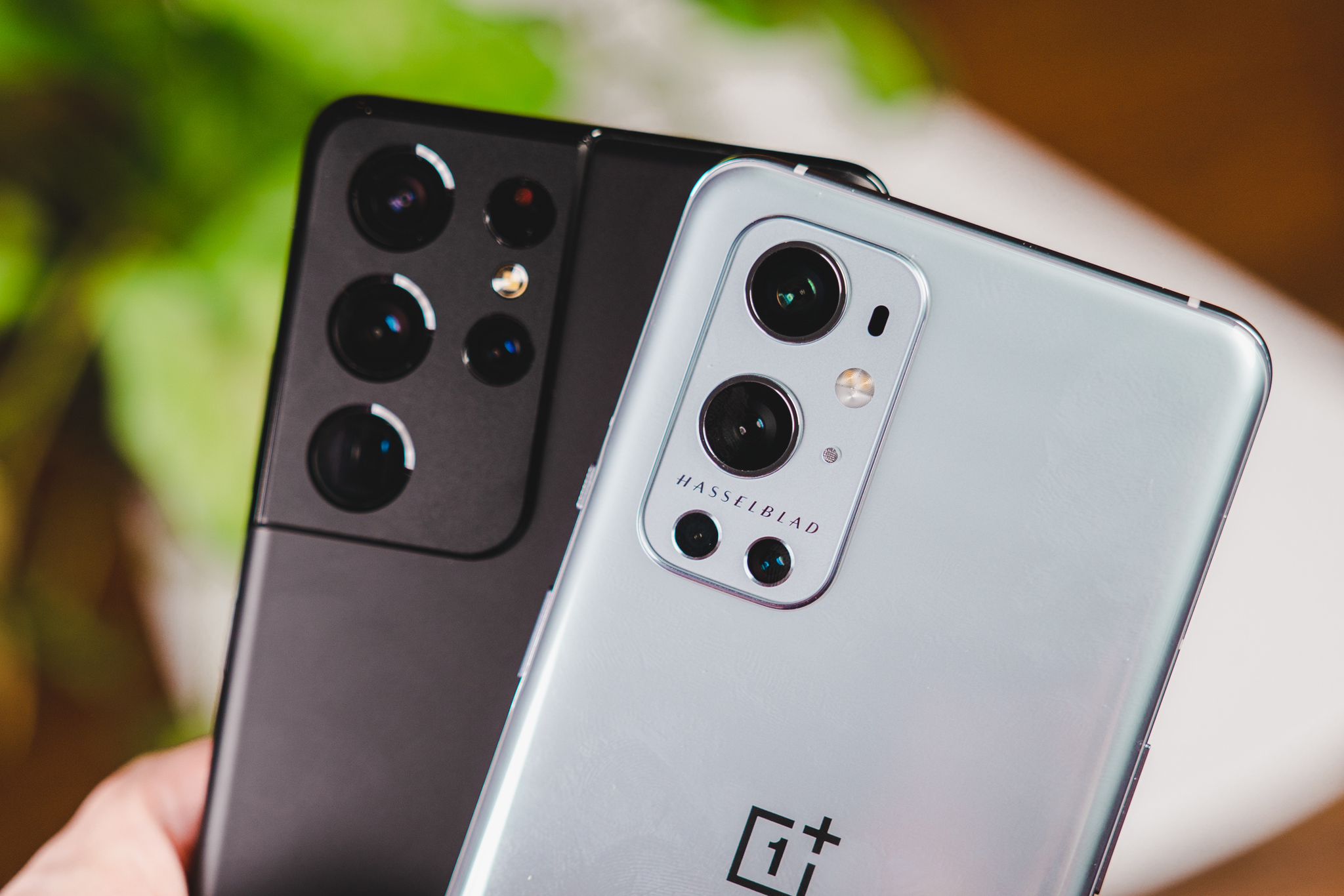

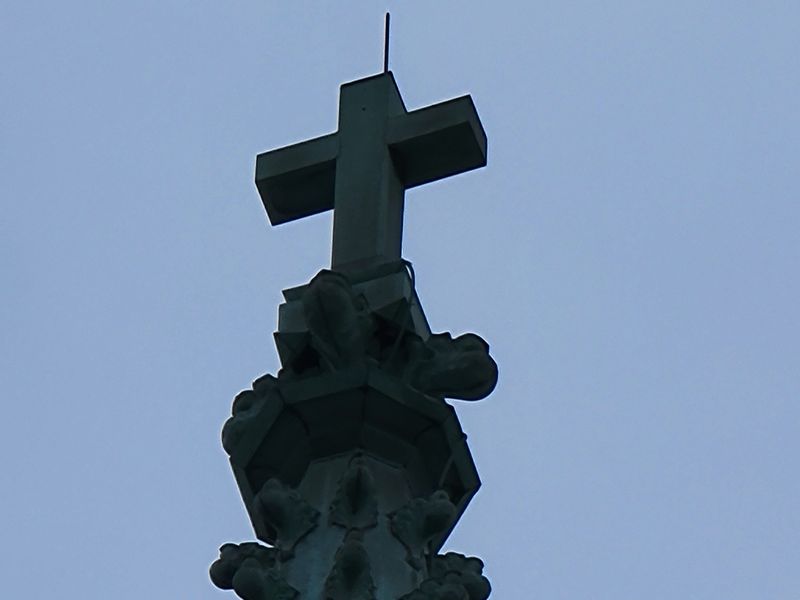

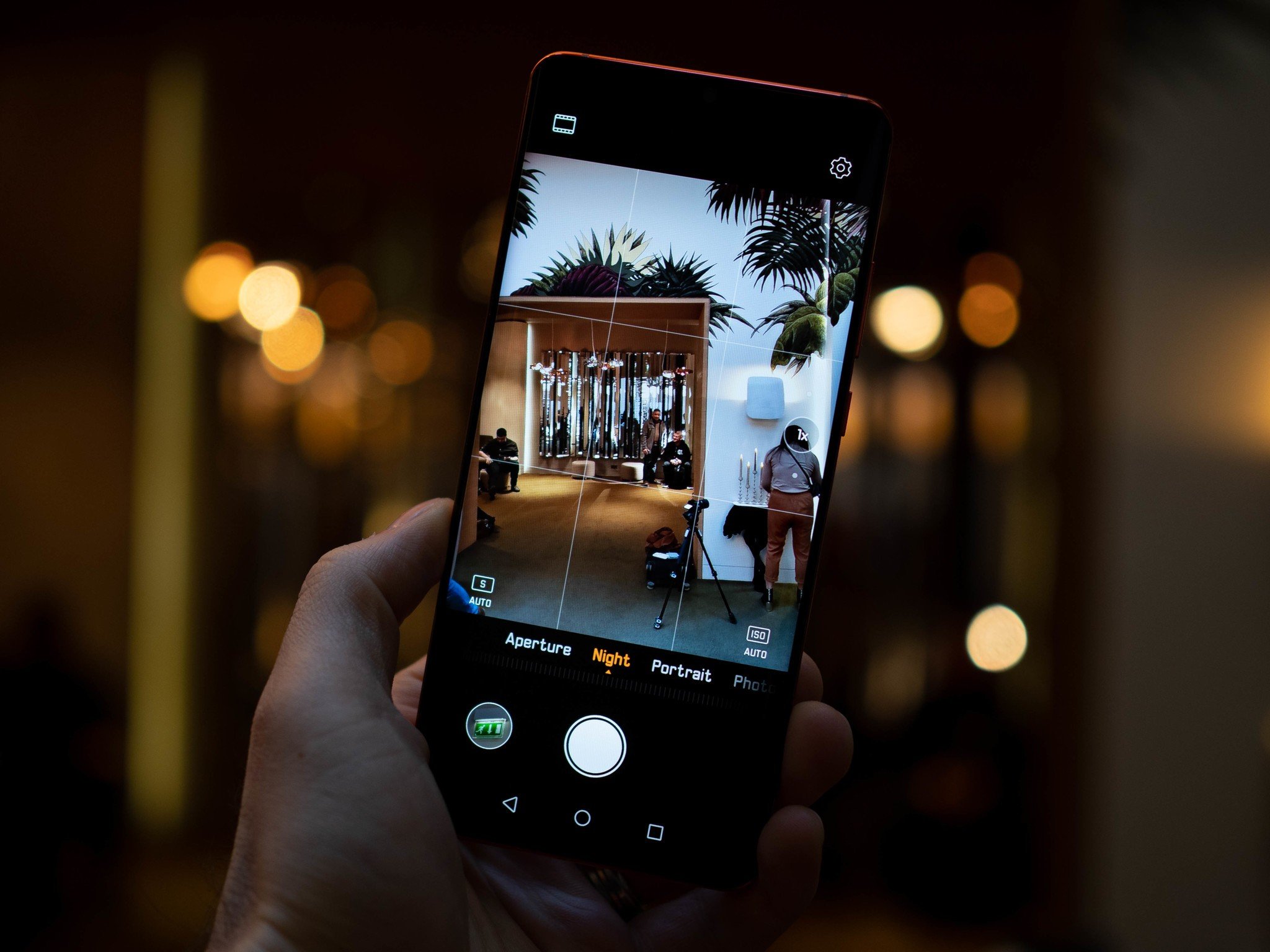
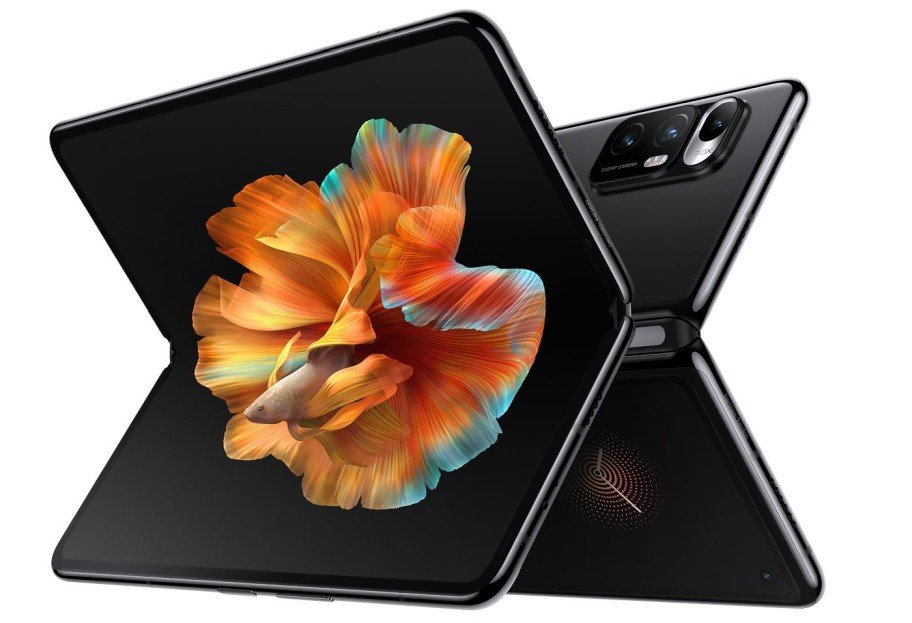
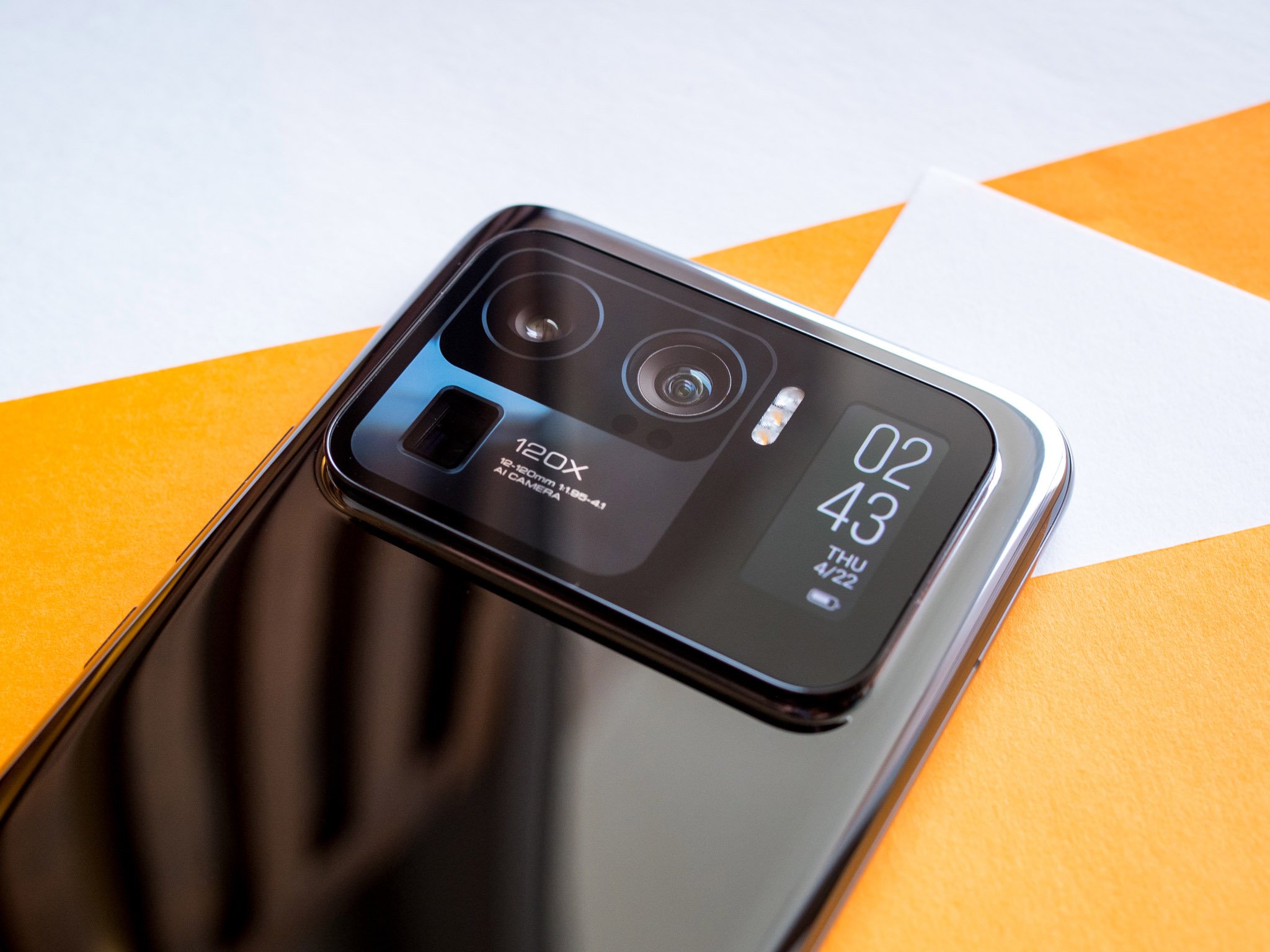
Aucun commentaire:
Enregistrer un commentaire